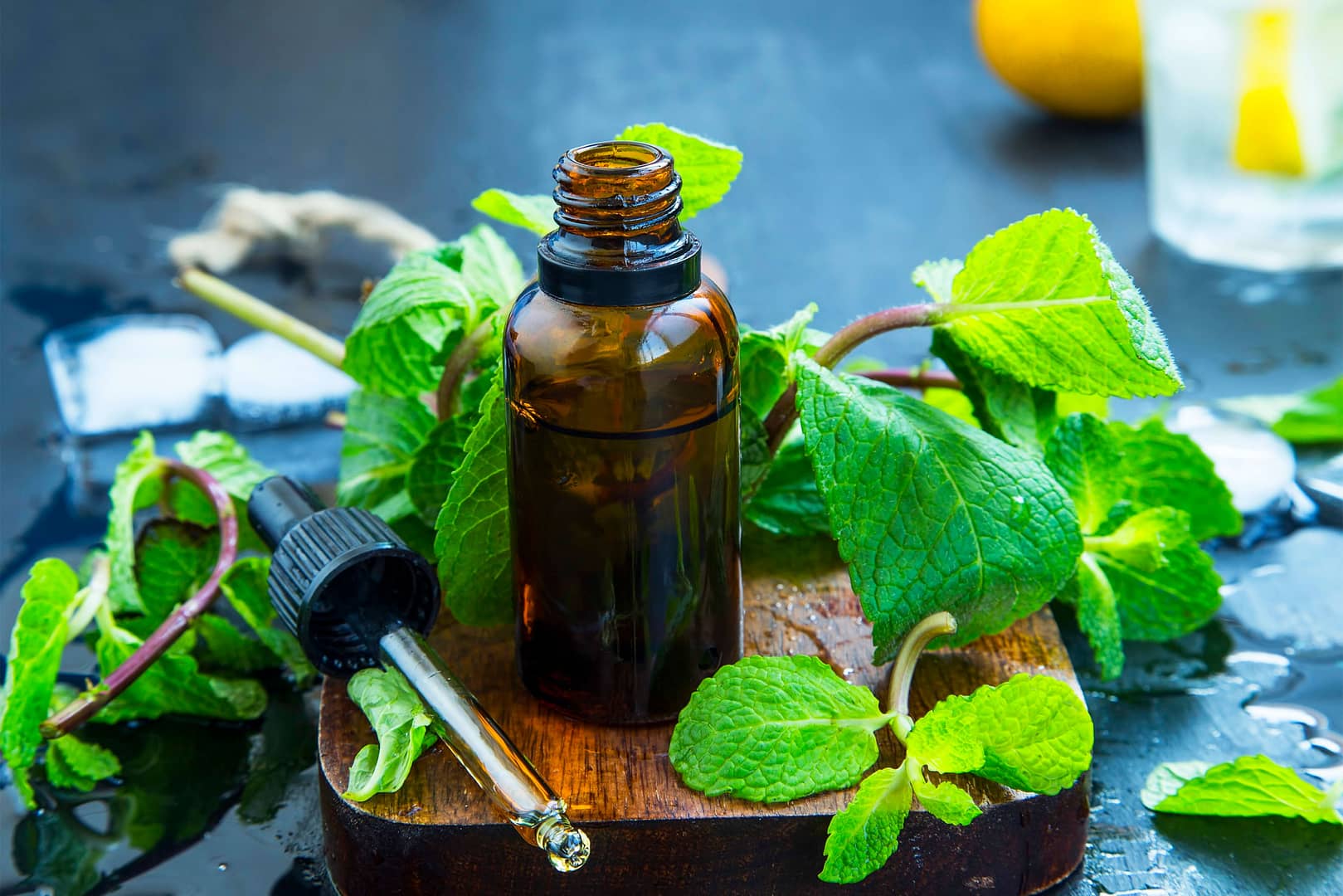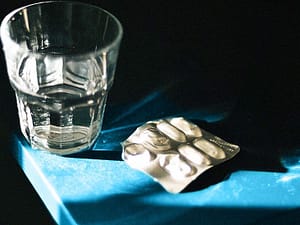
Natural Home Remedies for Migraine – Health Central
We went to the experts for the at-home moves you can do to help prevent or soothe a migraine attack.
For anyone living with chronic migraine, knowing the right approaches to not only treat an attack, but prevent it, is essential to navigating your day. And while there are over-the-counter and prescription medication options that your doctor may include in your treatment plan, there are also natural remedies and lifestyle choices you can make to help you deal with migraine.
Because there is no universal trigger or cause for migraine, there is a certain amount of trial and error that goes into finding an effective self-care routine. “Migraine has multiple causes—some are genetic, some environmental, and others brain-related,” explains Shaheen Lakhan, M.D., Ph.D., a clinical development specialist certified in neurology and pain medicine in Boston, MA. “Frankly, we all can get migraines with the right set of triggers such as stress, certain foods or chemicals, hormonal changes, sleep disturbances, and more.”
Dr. Lakhan’s advice is to start with a daily schedule that helps the body maintain its homeostasis, or balance. “The best way is to establish a regular routine with consistent sleep patterns, mealtimes, and exercise routines to help regulate the body’s internal clock and promote balance,” he notes. Beyond that, it pays to have a toolkit of home remedies you can also turn to whenever you feel a migraine coming on. We asked migraine experts which were worth trying.
Simply searching the term “migraine home remedies” online will net you some 155 million hits. What works? What doesn’t? And what works right now? Experts agree that these are reliable options that help many people.
This natural remedy can work in several ways, from inhaling the scent to adding it to tea to applying it to your skin. A study published in Frontiers in Neurology found that menthol, a primary ingredient in peppermint oil, was an effective topical migraine pain reliever, giving patients about two hours of relief when applied at the base of their skull. “Applying it on the head or neck allows the scent to reach the nose, while providing plenty of distance from the eyes,” says Bill Young, M.D., a neurologist with Jefferson Health in Philadelphia, PA.
Migraine sufferers can turn to cool towels, ice packs, and cold therapy headbands to treat their pain. “During a migraine attack, the blood vessels in and around the brainstem expand and become inflamed,” explains Dr. Lakhan. “So, placing something cold on your head can temporarily relieve discomfort by constricting the blood vessels and reducing inflammation.” He recommends placing a cold pack wrapped in a towel on the area where you feel the most pain, whether it is the temples, forehead, or the back of the neck. A study published in the Hawaii Journal of Medicine & Public Health found that applying a cold pack for 30 minutes can reduce migraine pain significantly.
Like ice, caffeine can constrict the inflamed blood vessels that increase migraine pain. So drinking a cup of coffee, tea, or soda may reduce migraine pain, says Dr. Young. But moderation is key. “Rebound headaches may occur when the body becomes accustomed to the frequent pain-relieving effects of caffeine,” Dr. Lakhan warns. “Caffeine’s diuretic properties can also cause dehydration and disrupt sleep quality and duration, which can trigger migraine.” He recommends drinking plenty of water, avoiding caffeine late in the day, and limiting daily caffeine consumption to 200 to 400 milligrams or less, which is approximately one to two cups of coffee or two to four cups of tea per day.
If your go-to remedy for handling a pounding headache is to draw the shades and close your bedroom door, you’ve got science on your side. “In addition to the headache that comes with a migraine attack, chronic migraine causes a constellation of symptoms like sensitivity to light, sound, and movement,” says Seniha Nur Ozudogru, M.D., an assistant professor of clinical neurology and a physician at Penn Medicine in Philadelphia, PA. During a migraine, the brain undergoes a wave of electrical activity known as cortical spreading depression, which affects sensory processing and makes the brain more susceptible to otherwise tolerable levels of light and sound, Dr. Lakhan explains. By avoiding the added stimulus of light and sound, you can reduce the sensory overload your brain is dealing with.
There are lifestyle adjustments you can make to not only help prevent migraine attacks from happening in the first place but can also improve your overall well-being. These get our experts’ seal of approval.
According to the Mayo Clinic, meditation is a well-known tool to help manage stress, which can be especially important in avoiding migraine attacks. “There are multiple things that can trigger a migraine attack, including stress,” says Dr. Ozudogru. “I do not like to recommend staying away from stress because I am not sure if it is ever doable, but I ask my patients to consider techniques that help to improve their response to stress when needed.” A study in Behavioral Medicine found that meditation was linked to decreased migraine frequency and increased pain tolerance.
Many of us are guilty of spending too much time in front of the television, computer, or scrolling on our phones. But curbing that screen time can be especially smart for those who are prone to migraine attacks. “Firstly, extended periods of visual concentration can cause eye muscle fatigue and tension, contributing to headaches,” says Dr. Lakhan.
Secondly, the less you view screens, the lower your exposure to blue light, which emanates from them. One recent study found that blue light activated more neurons in the brain than other colors of light, making it the most irritating to the eyes. Since many people spend hours using screens every day for both work and entertainment, Dr. Lakhan recommends following the “20-20-20” rule: that is, looking up from your screen at an object 20 feet away for 20 seconds every 20 minutes, to reduce eye strain. “Plus, staying away from social media helps to reduce triggers like stress,” Dr. Ozudogru adds.
When you’re in the midst of a migraine, the last thing you want to do is go for a run or go kickboxing—and you shouldn’t. “During an attack, exercise can make a migraine worse,” says Dr. Young. But exercising regularly (when you feel better) can help reduce stress, improve sleep, enhance blood circulation to the brain, and promote optimal blood flow and oxygen delivery. “This can help migraine management by maintaining vascular health, reducing inflammation, and regulating neurotransmitters,” Dr. Lakham says. The Centers for Disease Control and Prevention recommend that adults engage in at least 150 minutes of moderate exercise and muscle-strengthening activities on two or more days per week.
Trying to avoid migraine attacks can feel like walking on eggshells all day long, but that kind of stress isn’t helpful. Our experts say that working with your doctor to have a treatment plan in place is the best course of action to have a sense of control over your condition. “Overall, too many people worsen their quality of life by avoiding things that are not actually triggers and end up with very limited lifestyles,” explains Dr. Young. “Focus instead on improving sleep and taking other self-care steps.” Eat a balanced diet, stay hydrated, get plenty of sleep, and be kind to yourself. “People should avoid blaming themselves for having migraine or not managing it well,” he adds. “Seek care, as there are many new and old medical treatments.” One or a combination of a few can help bring you the relief—and sanity—you deserve.
Peppermint Oil and Migraine: Frontiers in Neurology. (2015.) “Efficacy and Tolerability of STOPAIN for a Migraine Attack.” https://www.ncbi.nlm.nih.gov/pmc/articles/PMC4316718/
Cold Therapy: Hawaii Journal of Medicine & Public Health. (2013.) “Randomized Controlled Trial: Targeted Neck Cooling in the Treatment of the Migraine Patient.” https://www.ncbi.nlm.nih.gov/pmc/articles/PMC3727573/
Blue Light and Migraine: Brain. (2016.) “Migraine photophobia originating in cone-driven retinal pathways.” https://www.ncbi.nlm.nih.gov/pmc/articles/PMC4939697/
Meditation (1.): Mayo Clinic. (n.d.) “Meditation: A simple, fast way to reduce stress.” https://www.mayoclinic.org/tests-procedures/meditation/in-depth/meditation/art-20045858
Meditation (2.): Behavioral Medicine. (2018.) “Effect of Different Meditation Types on Migraine Headache Medication Use.” https://www.ncbi.nlm.nih.gov/pmc/articles/PMC4600642/
Exercise: Centers for Disease Control and Prevention. (2022.) “How much physical activity do adults need?” https://www.cdc.gov/physicalactivity/basics/adults/index.htm
Peppermint Oil and Migraine: Frontiers in Neurology. (2015.) “Efficacy and Tolerability of STOPAIN for a Migraine Attack.” https://www.ncbi.nlm.nih.gov/pmc/articles/PMC4316718/
Cold Therapy: Hawaii Journal of Medicine & Public Health. (2013.) “Randomized Controlled Trial: Targeted Neck Cooling in the Treatment of the Migraine Patient.” https://www.ncbi.nlm.nih.gov/pmc/articles/PMC3727573/
Blue Light and Migraine: Brain. (2016.) “Migraine photophobia originating in cone-driven retinal pathways.” https://www.ncbi.nlm.nih.gov/pmc/articles/PMC4939697/
Meditation (1.): Mayo Clinic. (n.d.) “Meditation: A simple, fast way to reduce stress.” https://www.mayoclinic.org/tests-procedures/meditation/in-depth/meditation/art-20045858
Meditation (2.): Behavioral Medicine. (2018.) “Effect of Different Meditation Types on Migraine Headache Medication Use.” https://www.ncbi.nlm.nih.gov/pmc/articles/PMC4600642/
Exercise: Centers for Disease Control and Prevention. (2022.) “How much physical activity do adults need?” https://www.cdc.gov/physicalactivity/basics/adults/index.htm
